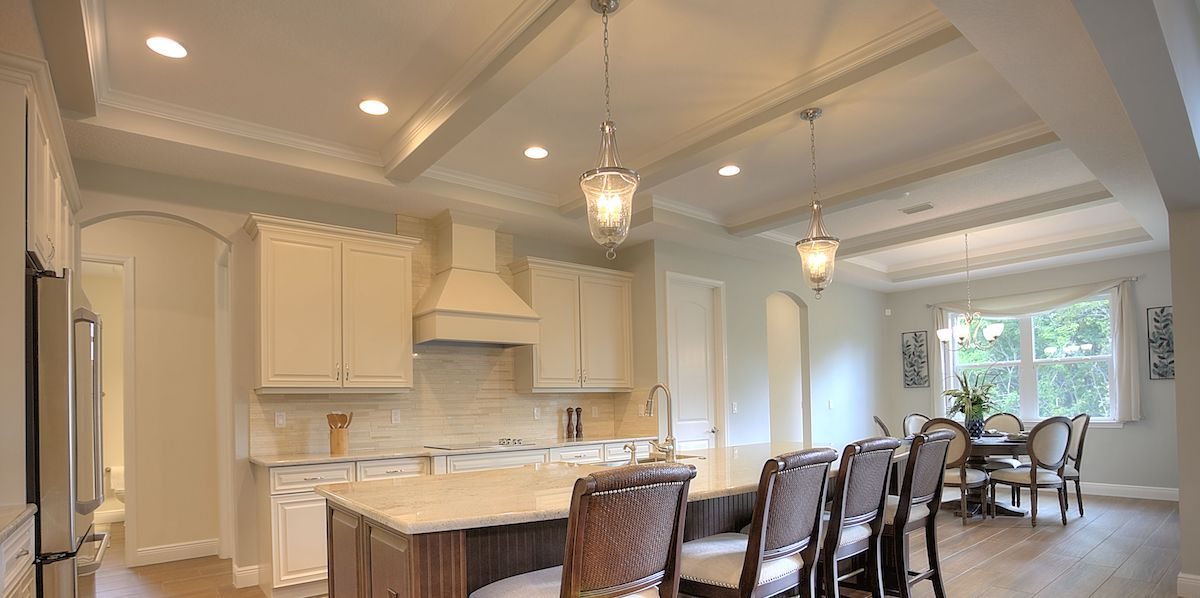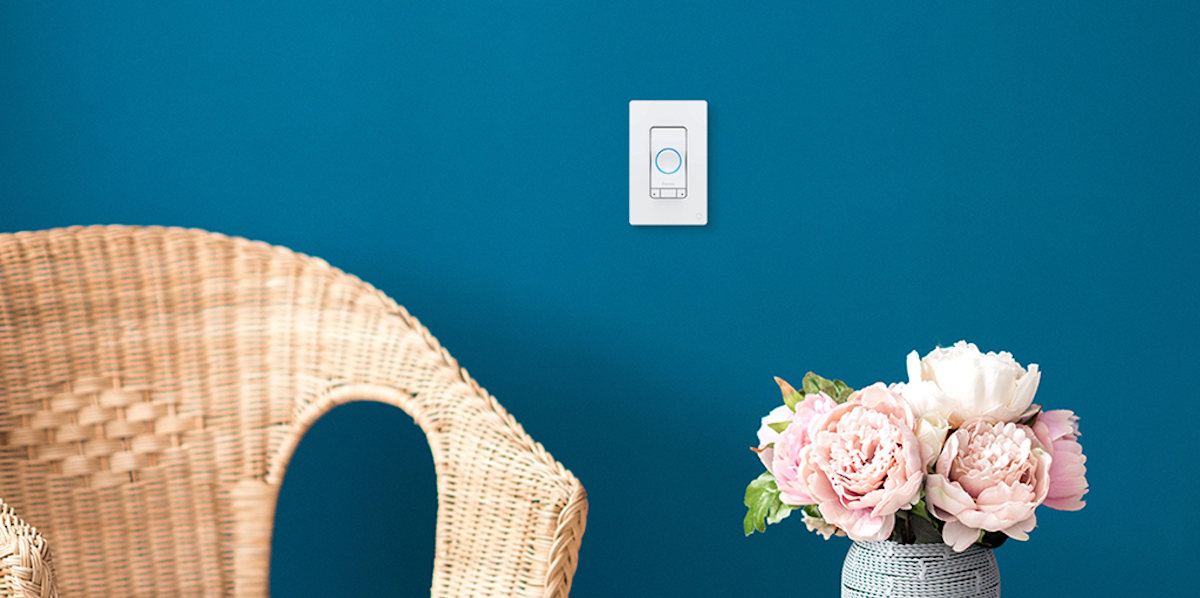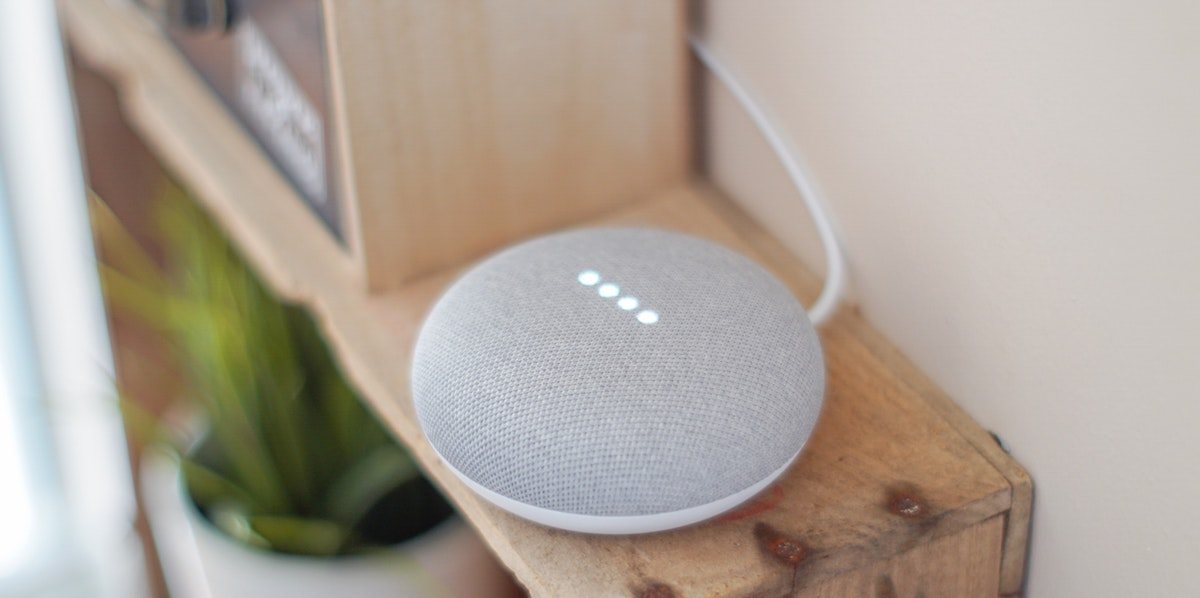iDevices Connected News
Here's what we've been up to at iDevices...
Lighting your smart home effectively and efficiently

When it comes to energy conservation, dimmer is smarter
The benefits of dimming lights throughout your home goes beyond the atmosphere you're creating — efficiency is a major benefit that's often overlooked. For example, halogen bulbs use about 20 percent less energy when dimmed. While LEDs are already efficient, investing in a dimmer can maximize energy savings.
With the iDevices Dimmer Switch, you can dim lights from anywhere using your phone, and set schedules so your lights are only on when necessary, and at the optimal brightness level for both efficiency and comfort. With robust automation capabilities via the iDevices Connected app or IFTTT, you can avoid complacency or forgetfulness by setting your home's lighting on autopilot. Trigger your lights to automatically turn on at a given brightness level when you arrive home, and have the same lights turn off as soon as you leave home.
Inside, outside, all around efficient
The iDevices Wall Switch is another smart lighting solution that can save energy inside and outside of your home. Just like the Dimmer Switch, you can set robust schedules and create dynamic automations that cater to your routine. You can also add efficiency to non-dimming lights outside and around your home, such as entryway and security flood lights. These lights often necessitate bulbs that draw more energy, so ensuring they're only on when you need them will preserve energy. We’re all guilty of leaving lights on in and around our house from time to time - if you have kids, you definitely know it's a pain point. If your lights are connected to the iDevices Wall Switch or Dimmer Switch, you can easily turn them off with your smart phone from anywhere. Or, you can set up notifications via IFTTT so you receive a notification when a light turns on when it's not supposed to be.
The cost of wasted energy
Leaving a kitchen light on while you’re at work might not seem like a big deal, but small inefficiencies add up, and can have a major impact on your household energy consumption and electric bill. With over 117 million households in the United States, according to census data, the amount of energy wasted just in the residential sector is quite breathtaking. In 2012, the average American spent $3,052 in energy costs. In 2016, the U.S. Energy Information Administration reported that per capita energy consumption in the U.S. was 301 million BTU (British Thermal Units), compared to 74 million BTU worldwide.
Extreme weather conditions across the country have also come into play in recent years. Due to extremely cold temperatures in 2018, the country’s power grid started to show signs of fatigue. In New England, for example, power plants that burn oil began to run low on fuel. It just goes to show you, making your home more energy efficient can make a difference. If just half the households in the U.S. took small efficiency measures, collectively, the impact would be quite apparent.



